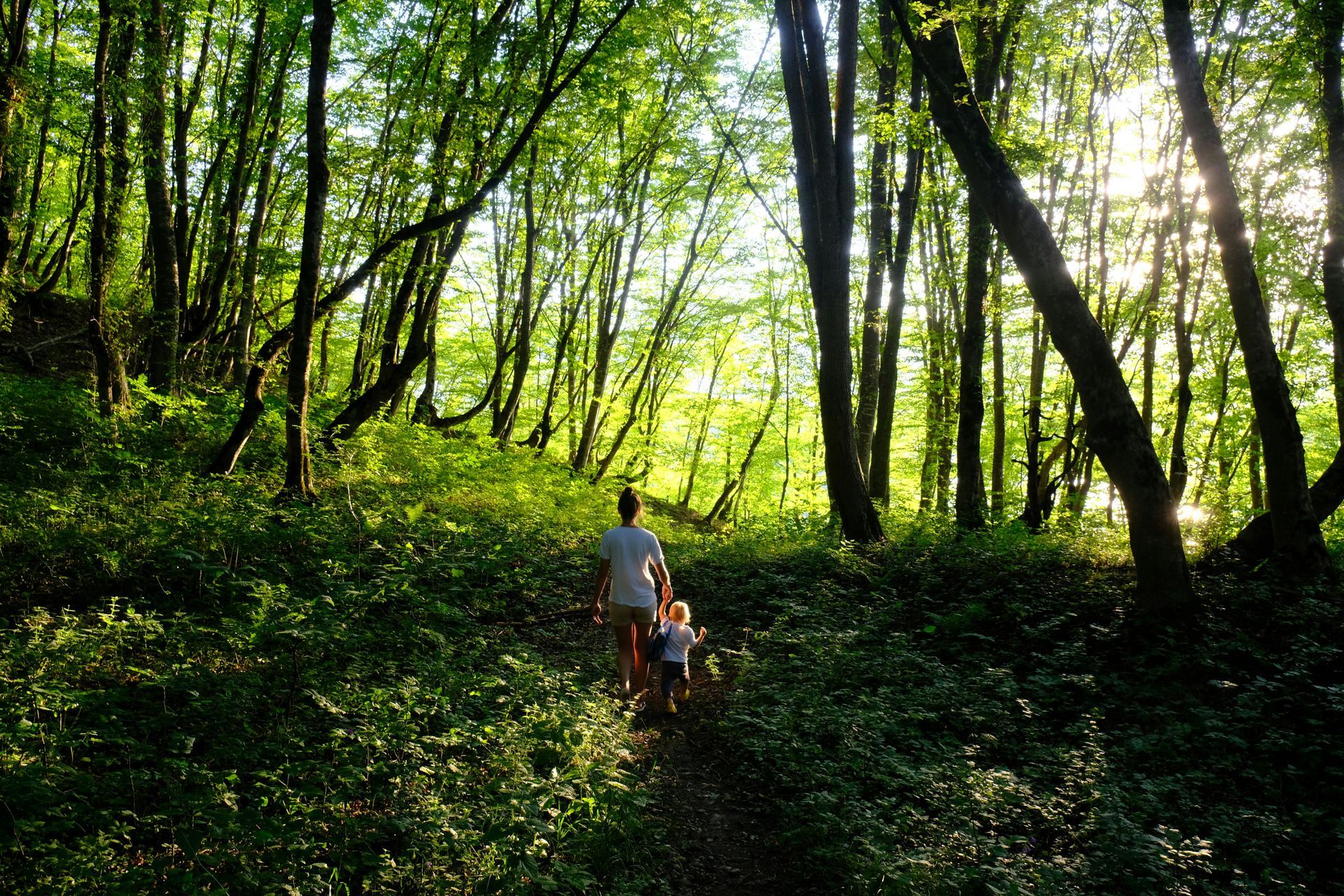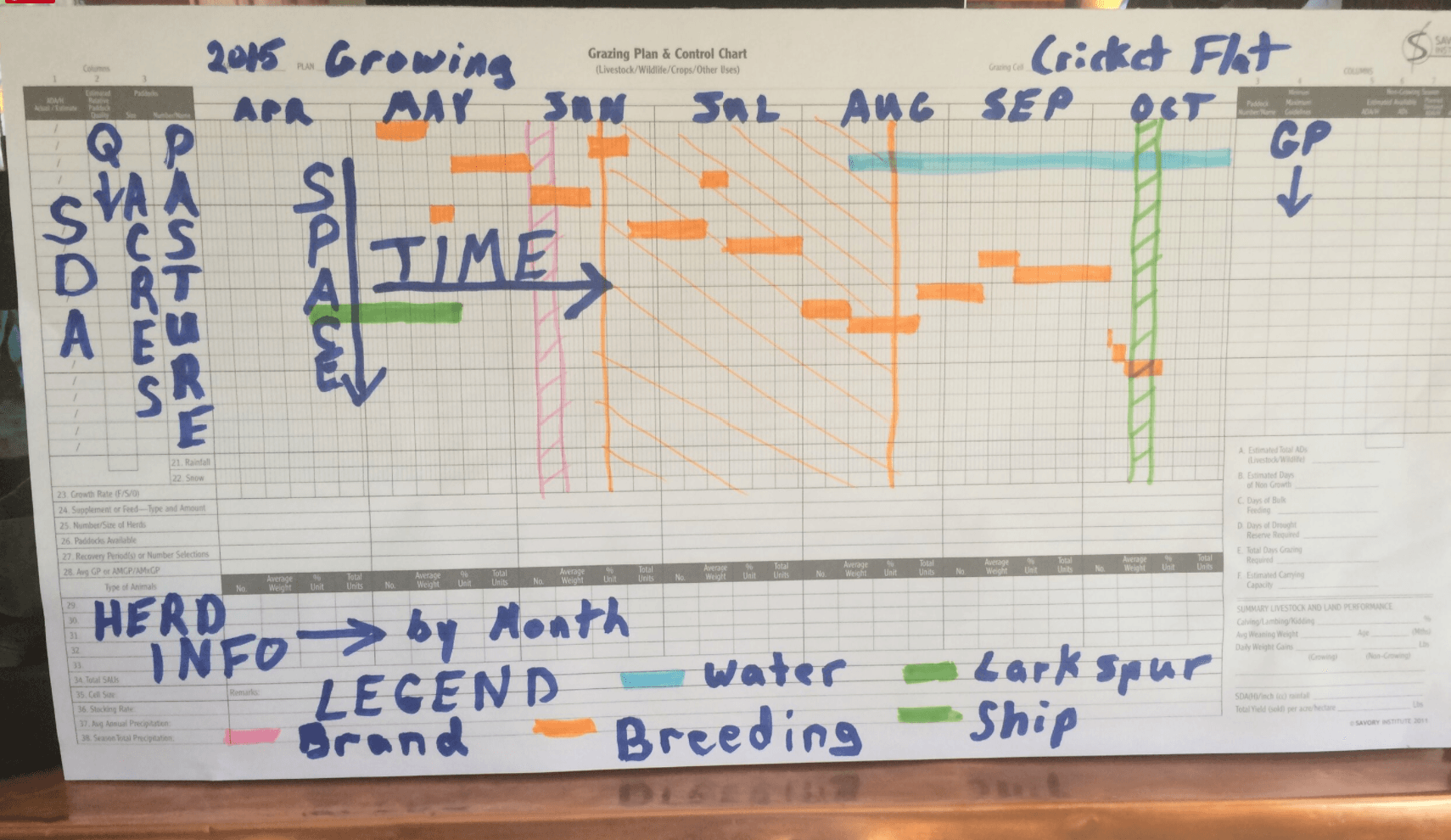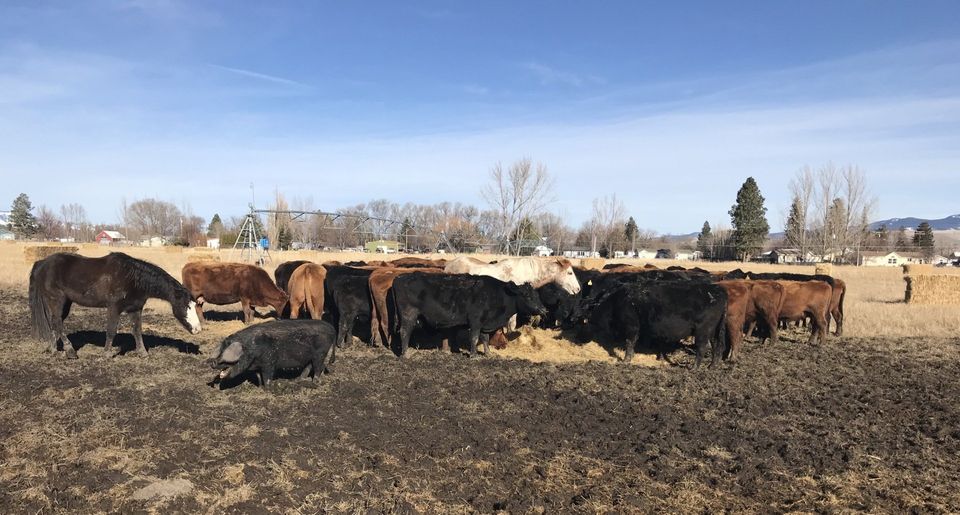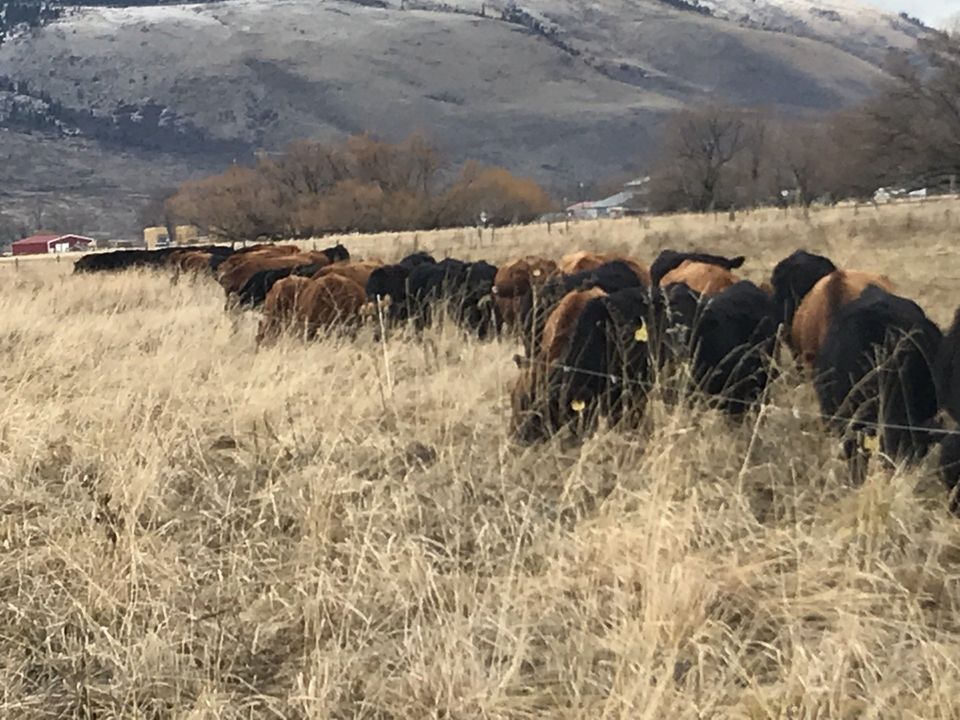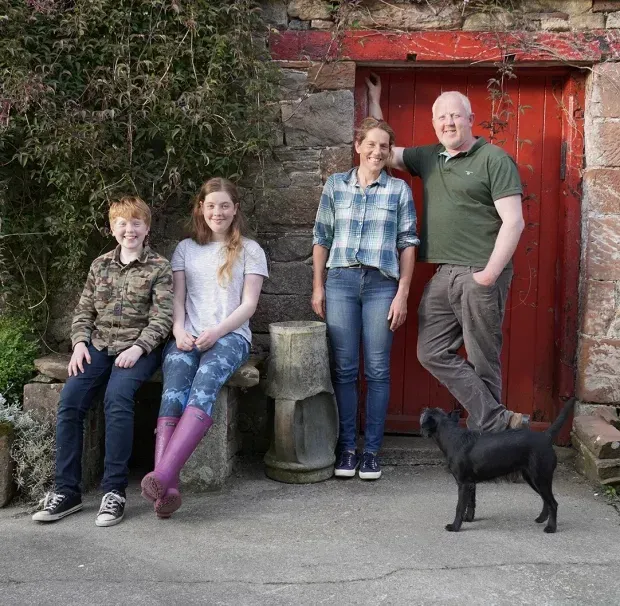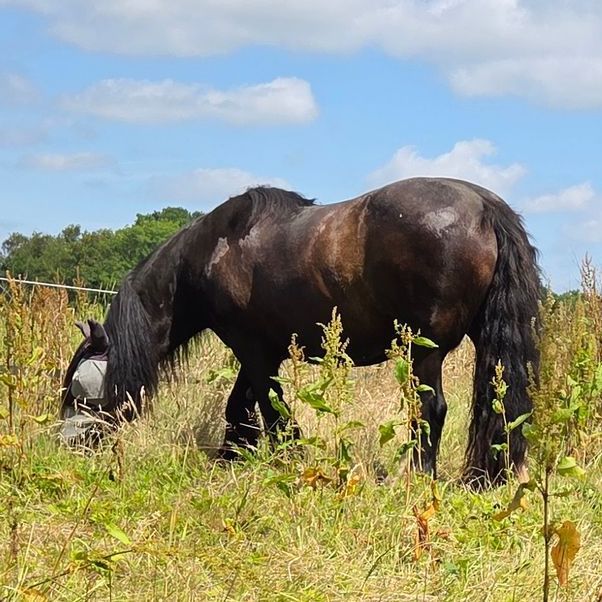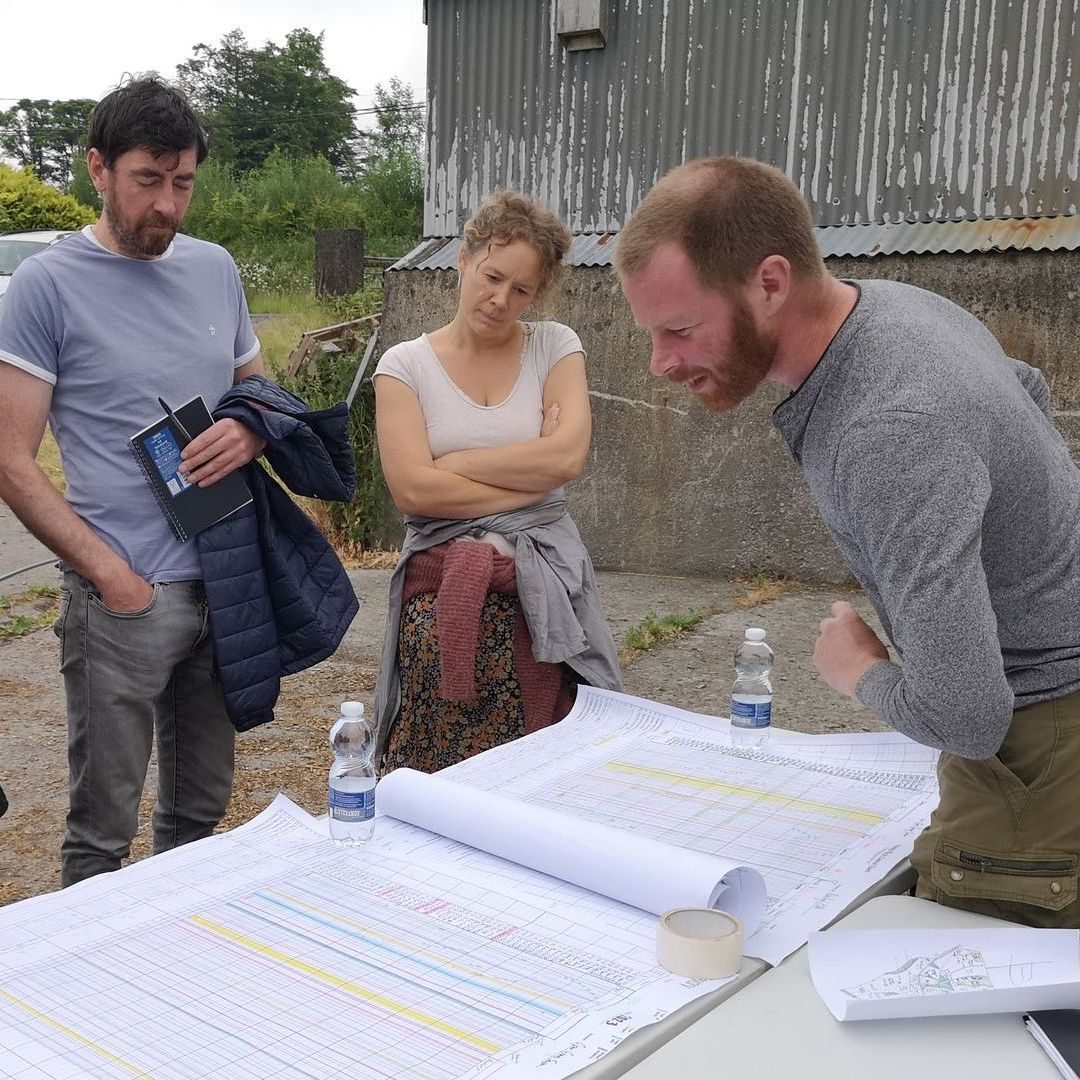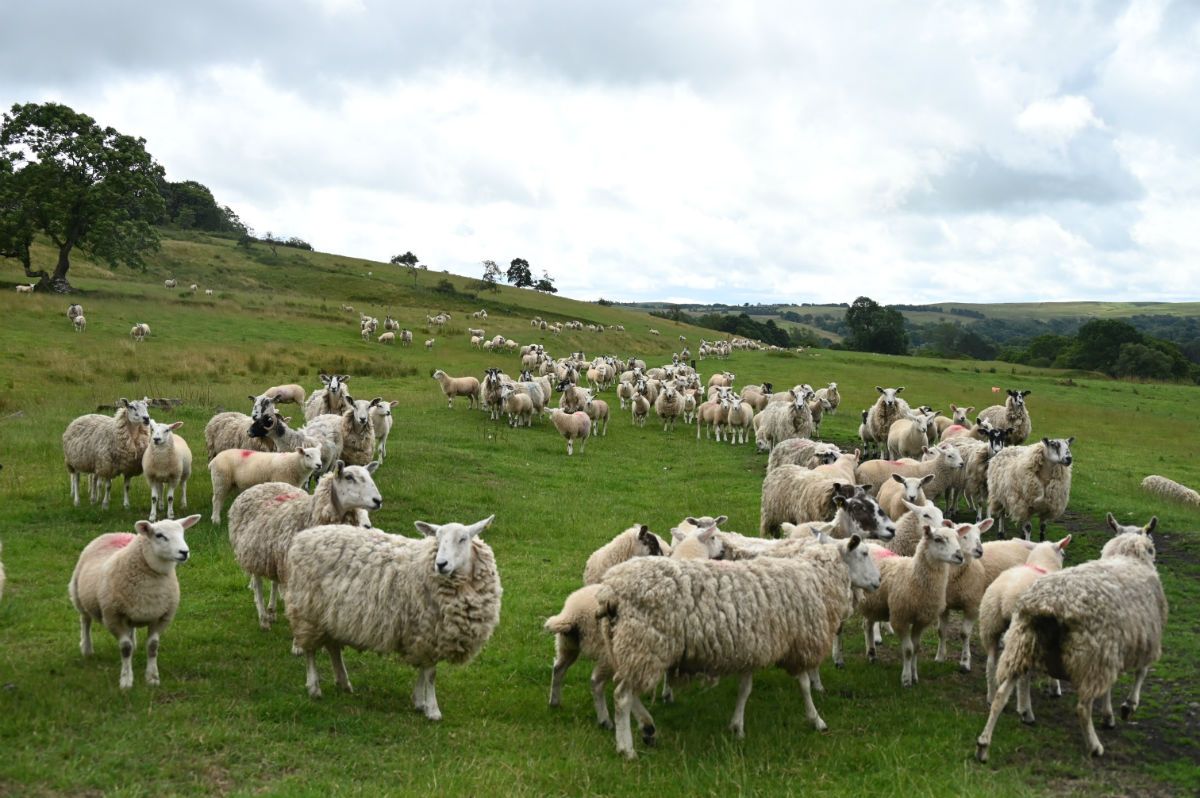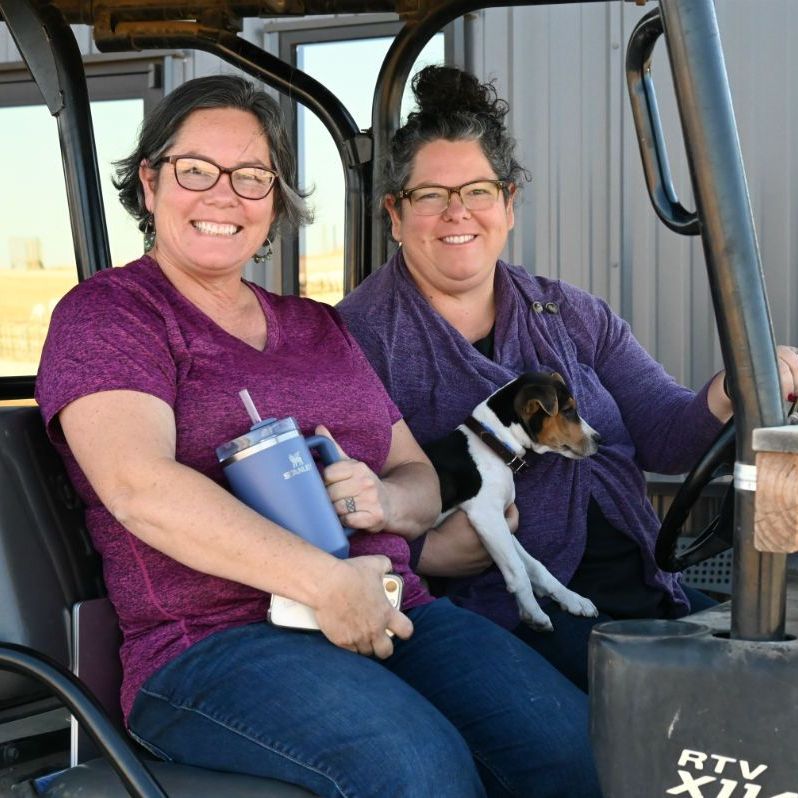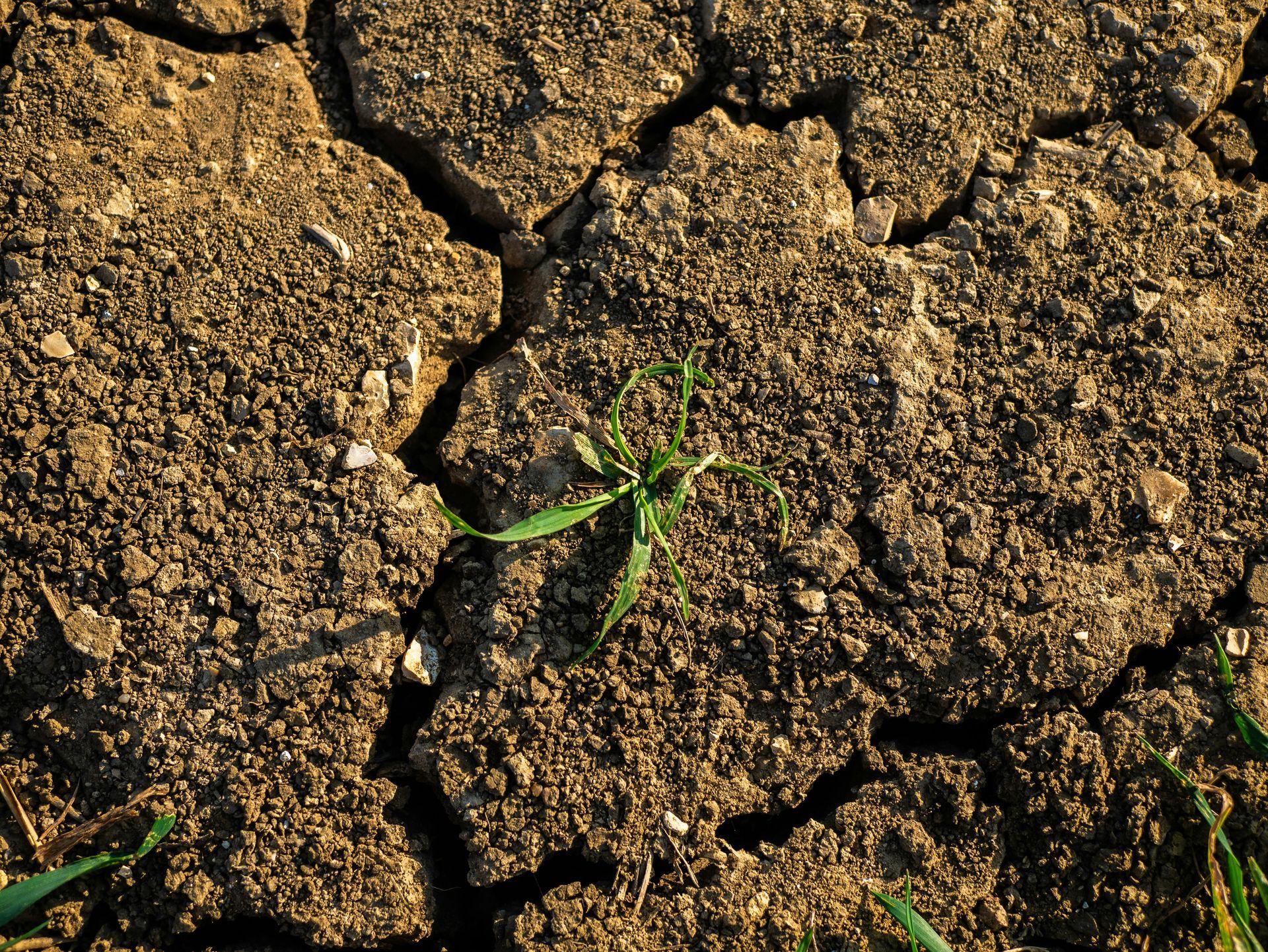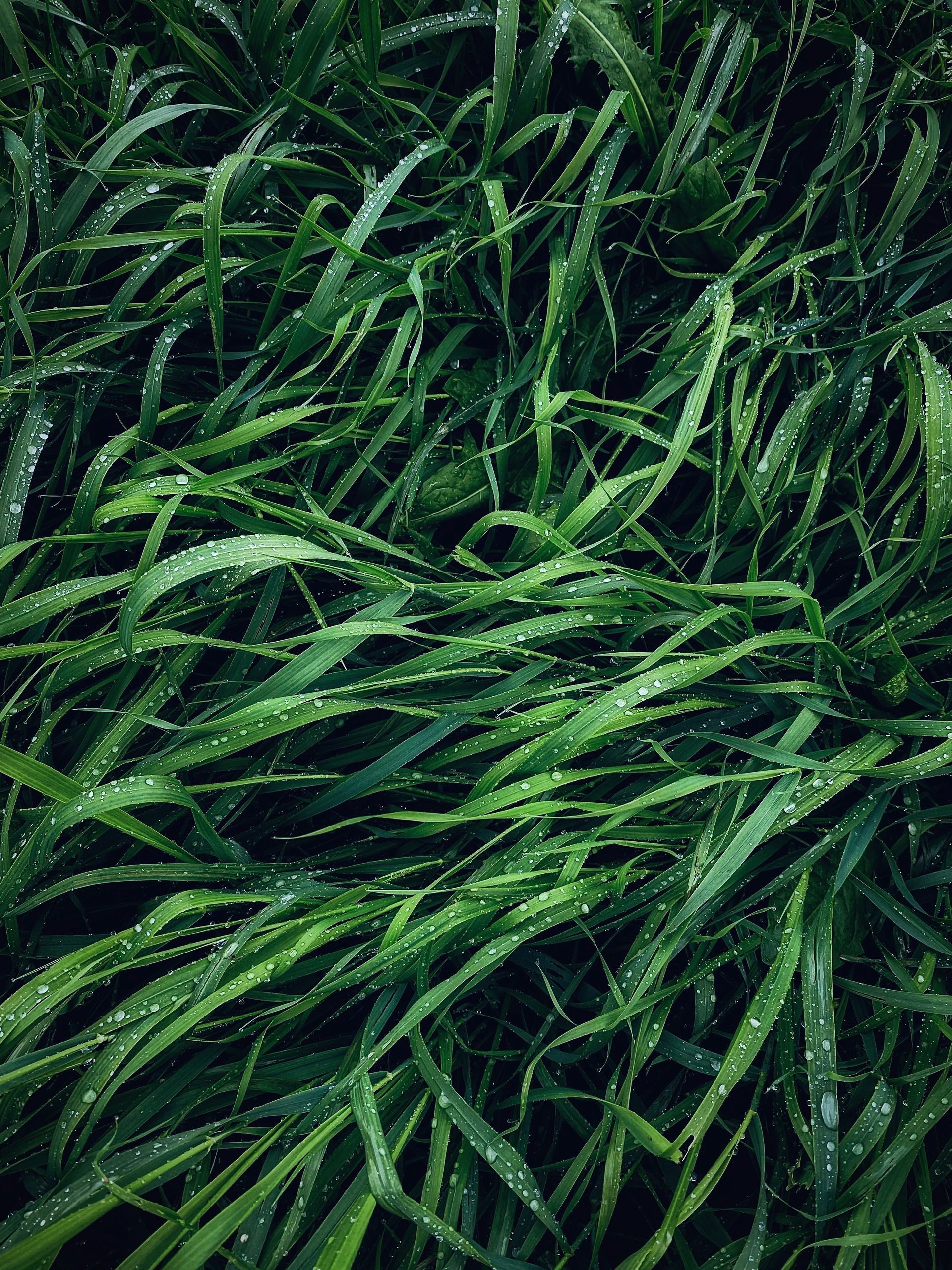The Power of a Chart
Discovering Enhanced Profitability through Holistic Planned Grazing
Grazing planning leads us through many complex relationships and will result in greater profitability. Allan Savory brought this planning process from the military battlefield, where chaos and confusion reign if the commander cannot rise above the fray and see the complexity unfolding. Aligning our efforts to influence complex relationships toward more diversity and more complexity remains a critical factor in achieving regeneration.
Holistic Planned Grazing considers time, space, animals, knowledge, skill, infrastructure, cash, logistics, and other factors in moving toward our future resource base. Holistic Planned Grazing is one of the best ways to empower decisions at the soil surface.
Quantifying Risk
A variable sensitivity analysis projects the probable value of each variable, in each enterprise, resulting in a gross profit for that enterprise. Then we take one variable at a time and enter the best case and the worst case of that single variable, noting how that affects the gross profit. Once we have completed this for each variable, we will note there are only one or two variables that significantly affect the gross margin. This informs us where to focus our time and money for the best marginal reaction to manage risk.
Often, the stocking rate and hay fed per cow are in the top tier of risk management. Grazing planning addresses both factors.
Dollars, pounds, euros, pesos and rands, bleed from our coffers when we are feeding hay. Ranching for Profit says that no matter where you go in North America, the average ranch feeds hay for 120 days. We can drive our creativity by following the Five Why’s to explore the root cause of the problem of feeding from a haystack. Most likely it will come down to the fact that we are not mimicking nature.
A big part of my problem came from being overwhelmed by a bad winter. I moved to Twin Creek Ranch in September 1978, which was the second worst winter on record. In fact, my first 5 years on that ranch included three of the top five all time worst winters. I had it grilled into my psyche that I would feed from November to mid-May, or 175 days. Perceptions are hard to forget.
Mimic Nature
I have slowly dug my way out of that psychological snow drift but it hasn’t been easy. Holistic Management and Ranching for Profit urges us to mimic nature. The first step in that direction will be in moving our calving date out of the blizzard and into the sunshine. That means breeding around June 21, the longest day of the year in the northern hemisphere, when grass peaks in quality. Calving would start around April 1.
The second step will be in downsizing our cow’s frame size, so she isn’t burning through a half bale of hay a day just for maintenance. Once we get these demands off the cow’s back, we can help her be a cow again. After all, what sense is there in carrying feed to an animal that has four legs and a mouth? This doesn’t mean we cast her into the wilderness to fend for herself. We don’t want our animals to be dependent but a little interdependence can set her up for success.
Dormant Season Grazing Plan
Her success hinges on having a full belly every day. The primary objective of a dormant season grazing plan rations the feed so we don’t run out before the green grass comes. Getting a solid estimate of stock days can be achieved through several different angles. First, we have historical use records, which provide our average production. Second, we do several visual squares estimating how much area we need to feed one cow for one day.
An Example In Kilograms & Hectares...
A 450 kg animal needs 13.5 kg of dry matter per day. Imagine a half bale of hay or a bin liner about the size of a rumen. If we step off 7 m by 7 m needed to feed that cow for one day, we have 49 square meters. Take 10,000 square meters in a hectare divided by the area estimated to feed one livestock unit, or 49 square meters in this example, equals 204 animal days per hectare, or 3,040 kg per hectare of harvestable forage.
An Example In Pounds & Acres...
A 1,000 pound animal needs 30 pounds of dry matter per day. Imagine a half bale of hay or a garbage sack about the size of a rumen. If we step off 8 yards by 8 yards needed to feed that cow for one day, we have 64 square yards. Take 4,840 square yards in an acre divided by the area estimated to feed one stock unit, or 64 square yards in this example, equals 75.6 stock days per acre, or 2,268 pounds per acre of harvestable forage.
Strip Grazing in Metres and Hectares
Strip grazing will give us very quick feedback for our stocking rate projections. Let’s say our pasture is 400 m wide and we move our fence five steps. That’s 400 m X 5 m = 2,000 square meters, 0.2 of a hectare.
Our forage assessment suggests we have 159 animal days per hectare X 0.2 ha = 32 animal days of forage available in the strip.
If we have 30 cows, weighing 472 kg, there are 31.5 livestock units. (472 kg / 450 kg X 30 animals = 31.5 livestock units).
When we come back the next day and they have little residual and are bawling, we know we overestimated the amount of forage available. So, we move them and give them eight steps, or 400 m x 8 m = 3,200 square meters, or 0.3 of a hectare.
If we come back the next day and there is plenty of residual left and the cattle are lying down and content, we can dial it back. Strip grazing can give us very quick feedback on animal days of forage per hectare.
Strip Grazing in Yards and Acres
Strip grazing will give us very quick feedback for our stocking rate projections. Let’s say our pasture is 440 yards wide and we move our fence 5 steps. That’s 440 yards X 5 yards = 2,200 square yards, or 0.455 of an acre.
Our forage assessment suggests we have 70 animal days per acre X 0.455 acre = 32 animal days of forage available in the strip.
If we have 30 cows, weighing 1050 pounds, there are 31.5 livestock units. (1050 pounds / 1000 pounds X 30 animals = 31.5 livestock units).
When we come back the next day and they have little residual and are bawling, we know we overestimated the amount of forage available. So, we move them and give them eight steps, or 440 yards x 8 yards = 3,520 square yards, or about 0.73 of an acre.
If we come back the next day and there is plenty of residual left and the cattle are lying down and content, we can dial it back. Strip grazing can give us very quick feedback on animal days of forage per acre.
Grazing Snow
This method of grazing gives our animals an edge too. Graziers in Canada showed us that snow tends to stay soft until animals walk through, then it freezes up. By moving a temporary electric fence for one-day's feed, we keep the snow soft and a cow will plunge their head through a foot or two (30 to 60 cm) of snow and pull up a mouthful of grass.
The second benefit will be a more constant level of nutrition. When animals go into a pasture, the quality begins to decline on day one. The longer we are grazing the less quality feed they are getting. By moving daily, or every three to five days we can keep the level of nutrition more constant.
Know Your Context
We live in the Pacific Northwest and can get nasty ice conditions. We bale some of our stockpiled feed and leave the thousand-pound (450 kg) round bales in the field to bale graze if we get those conditions. They are fed in the strip bale-grazing manner so we don’t need to start an engine or carry feed to the animals. If we don’t get the ice conditions, we can put our calving cows or grass finishing beef animals to balance the high protein washy grass in spring on the bales. A dormant season grazing plan can greatly reduce the amount of hay we feed, while reducing the cost of what we do feed.
Increasing Stocking Rates
It takes planning to have good quantity and quality feed stockpiled. That begins with a growing season grazing plan, which plans to harvest as much sunlight energy as possible. The growing season grazing plan improves plant vigor, increases plant density, increases plant diversity, and improves the mineral cycle. All of these factors improve soil health, which improves grass quantity and nutrient value, as we increase our stocking rate.
Webinar 10th of December 2020
What is your best leverage to increasing profit in a grazing operation? I will address this topic in a webinar on the 10th of December 2020, at 8 PM London.
Enhancing Profitability
I’m partnering with two exceptional women - Sheila Cooke from the 3LM Network in the UK and Abbey Kingdon Smith from the Jefferson Center for Holistic Management in the Northwest of the United States to offer a virtual course in Holistic Planned Grazing the first few months of 2021. This collaboration allows us to provide content and experiences from and to those in many different contexts so that we can guide anyone interested in discovering how to enhance profitability through Holistic Planned Grazing.
Wherever you are, join us for a physical distanced, socially engaged course in Holistic Planned Grazing on Sundays, from January 31 through April 11, 2021.

